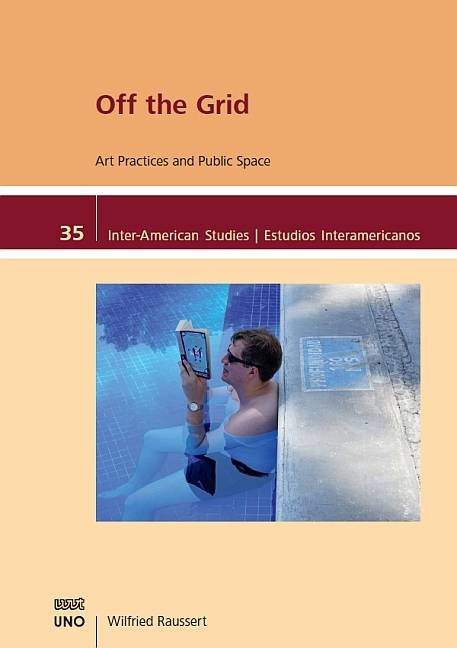
- Afhalen na 1 uur in een winkel met voorraad
- Gratis thuislevering in België vanaf € 30
- Ruim aanbod met 7 miljoen producten
- Afhalen na 1 uur in een winkel met voorraad
- Gratis thuislevering in België vanaf € 30
- Ruim aanbod met 7 miljoen producten
Zoeken
Omschrijving
This book examines public art practices in three eras of social and political upheaval: the 1920s-1930s, 1960s-1970s, and today. Heydays of artistic innovation and provocation, these periods see the rise of grassroots and avant-garde practices that intervene in the crises of their day by reclaiming public space for community building and social transformation. Artists of various cultural, social, and political movements in these times establish the street and other public spaces as laboratories for redefining the nation, culture, and community-in short, for endowing the world with new possibilities. Such revolutionary aesthetics can be found in the public art practices of Jamaican and U.S.-American Garveyism, Mexican muralism, North and South American 1960s theatre and happenings, and the contemporary Zapatista, Occupy Wall Street, and Black Lives Matter movements.
Contents
Introduction
Public Space, Art Practice, and the Social ................................... 1
Chapter I
Parading and Performing in the Streets:
Cultural and Artistic Practices in Garveyism
and the Harlem Renaissance ........................................................ 29
Chapter II
Mexican Avant-Gardes and InterAmerican Flows:
Redefining the Relation between Art Practice
and Public Space in the 1920s and 1930s .................................... 63
Chapter III
The Body as Public Sphere:
Taking Theatre, Performance, and Music to the Streets
in the Turbulent 1960s and 1970s ................................................ 103
Chapter IV
Off the Grid:
Art Practices and Public Space in the Contemporary Period ...... 159
Epilogue ....................................................................................... 211
Contents
Introduction
Public Space, Art Practice, and the Social ................................... 1
Chapter I
Parading and Performing in the Streets:
Cultural and Artistic Practices in Garveyism
and the Harlem Renaissance ........................................................ 29
Chapter II
Mexican Avant-Gardes and InterAmerican Flows:
Redefining the Relation between Art Practice
and Public Space in the 1920s and 1930s .................................... 63
Chapter III
The Body as Public Sphere:
Taking Theatre, Performance, and Music to the Streets
in the Turbulent 1960s and 1970s ................................................ 103
Chapter IV
Off the Grid:
Art Practices and Public Space in the Contemporary Period ...... 159
Epilogue ....................................................................................... 211
Specificaties
Betrokkenen
- Auteur(s):
- Uitgeverij:
Inhoud
- Aantal bladzijden:
- 232
- Taal:
- Engels
- Reeks:
- Reeksnummer:
- nr. 35
Eigenschappen
- Productcode (EAN):
- 9783868218350
- Verschijningsdatum:
- 18/05/2021
- Uitvoering:
- Paperback
- Afmetingen:
- 151 mm x 15 mm
- Gewicht:
- 377 g

Alleen bij Standaard Boekhandel
+ 58 punten op je klantenkaart van Standaard Boekhandel
Beoordelingen
We publiceren alleen reviews die voldoen aan de voorwaarden voor reviews. Bekijk onze voorwaarden voor reviews.








